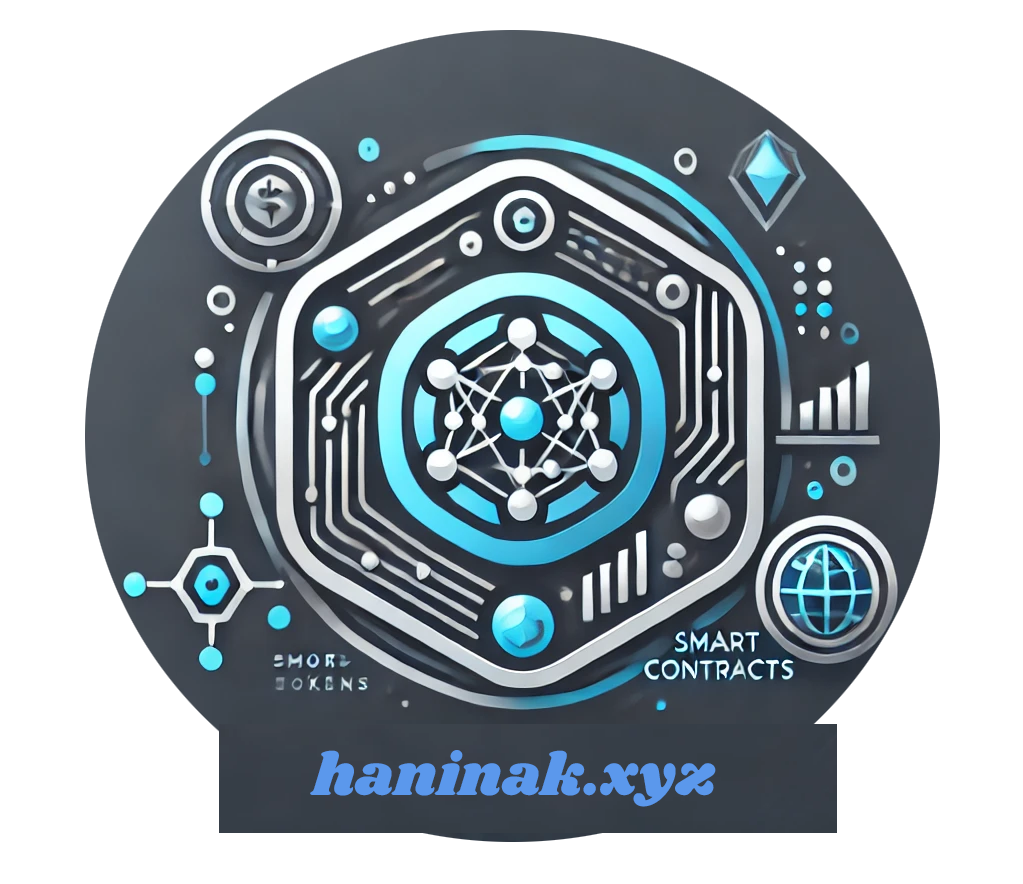How are calculations verified within a smart contract?
In the world of smart contracts technology, making sure calculations are right is key. Smart contracts are self-running contracts with their rules written in code. They go through strict checks to keep them trustworthy.
These contracts work through bytecodes on the blockchain, handling transactions between nodes. For example, Ethereum lets developers create complex contracts. This is different from Bitcoin, which has simpler contracts.
Once they’re set up, smart contracts can’t be changed, only deleted if planned. This means they need careful smart contract auditing to find and fix errors early. They can handle tasks like sending money or registering cars on their own, saving money and keeping things clear.
Nodes check the math in smart contracts using virtual machines. The Ethereum Virtual Machine (EVM) is one example. It makes sure transactions are consistent and correct. This makes the blockchain secure and builds trust among users.
Understanding Smart Contracts and Their Significance
Smart contracts are a big step in how we make deals. They use blockchain tech to make agreements that do things on their own. This means less need for middlemen and more accurate, efficient deals.
What are Smart Contracts?
Smart contracts were first thought of in 1994 by Nick Szabo. They are digital rules that help make and keep deals. They run on blockchain networks like the Ethereum Virtual Machine (EVM). This makes sure deals are done right and fast, without mistakes.
- Decentralized Applications (DApps): Many platforms like Compound and Aave use smart contracts for lending and borrowing.
- Blockchain Development: Smart contracts are key for making blockchain work better, making deals happen automatically.
- Ethereum Virtual Machine (EVM): Most smart contracts are written in Solidity and run on the EVM, offering a secure place to execute them.

Importance of Smart Contracts in Blockchain
Smart contracts have changed blockchain a lot, bringing big benefits to many areas:
- Efficiency: They make things happen fast and save money.
- Accuracy: They cut down on mistakes by not needing people to do things.
- Security: Once set up, smart contracts can’t be changed, keeping deals safe.
- Transparency: All deals made with smart contracts are open and can be checked on the blockchain.
For example, Walmart uses smart contracts to make their supply chain safer and more efficient. In real estate, they make buying and renting properties easier and safer. Insurance companies also use them to make claims and payouts faster and more reliable.
But, smart contracts aren’t perfect. They can have bugs, be hard to use for complex things, and can’t be changed once they’re set up. Still, they are a big step forward in making digital systems better and more efficient.
| Benefit | Explanation | Real-world Example |
|---|---|---|
| Efficiency | Reduces processing time and costs | Insurance claims automation |
| Accuracy | Prevents human errors | Property transfer automation |
| Security | Immutable contract terms | Cryptocurrency transactions |
| Transparency | Visible and verifiable transactions | Supply chain tracking by Walmart |
The Role of Solidity Programming in Smart Contracts
Solidity programming is key for making smart contracts on the Ethereum blockchain. As blockchain tech grows, smart contracts need to be strong, safe, and fast. Solidity, a high-level language, has the features and functions needed for these tasks.
What is Solidity?
Solidity is a programming language made for the Ethereum Virtual Machine (EVM). It was created by Ethereum’s core team. It’s easy to learn for developers who know JavaScript, C++, or Python.
The most used versions are from 0.4.16 to 0.9.0. Solidity supports many types, like uint (unsigned integer), bool, string, and more.

Why Use Solidity for Smart Contracts?
Solidity is the top choice for smart contracts because it’s versatile and secure. It lets developers write complex rules easily. This makes sure transactions are clear and can’t be changed.
- Compatibility: Solidity works with the EVM, making sure code fits with Ethereum.
- Accessibility: Its JavaScript-like syntax makes it easy for web developers to get into blockchain.
- Security: It has features like error handling and revert statements to keep contracts safe.
Key Features of the Solidity Language
Solidity has features that make it great for blockchain and smart contracts:
- Static Typing: This means all variables have types, making code safer and more reliable.
- Inheritance: Solidity lets you reuse code, making it more modular.
- Events: These let Ethereum clients listen and react to smart contract actions.
- Special Functions: Functions like constructor and require add security and functionality.
- Data Mappings: Mappings like mapping(address => uint) are efficient for storing and getting data.
In a subcurrency contract, a mapping like public balances tracks each address’s token balance. Solidity’s data mapping and interaction features ensure smart contracts work well and safely.
| Solidity Feature | Description |
|---|---|
| Static Typing | Ensures type safety and predictability. |
| Inheritance | Allows for code reuse and contract modularity. |
| Events | Tracks actions within smart contracts. |
| Special Functions | Includes constructor, require, among others for enhanced functionality. |
| Data Mappings | Provides efficient storage and retrieval capabilities. |
How the Ethereum Virtual Machine (EVM) Ensures Consistent Calculations
The Ethereum Virtual Machine (EVM) is key to making sure all transactions and smart contracts work the same way everywhere. It acts as the place where Ethereum’s smart contracts run. This design helps build trust and security in blockchain development.
It makes sure decentralized applications (DApps) work well and accurately on different nodes.
Overview of the EVM
The EVM uses a stack-based architecture with a 256-bit stack. This setup helps it handle complex tasks and keep track of changes in the Ethereum network. It’s Turing complete, meaning it can do any computation that can be thought of.
The EVM also keeps smart contracts safe by running them in their own space. This is important for keeping the Ethereum network safe from bad contracts.
Executing Smart Contracts on the EVM
Smart contracts are written in languages like Solidity and then turned into bytecode. The EVM can understand this bytecode. Each action in the EVM costs gas, and users set a gas limit for their transactions.
This gas system helps control how much work is done, preventing misuse. Miners get paid in Gwei for processing transactions.
The EVM uses a strong memory structure for temporary storage. This memory is cleared after each transaction. It also keeps track of smart contracts’ state between transactions, making sure they work smoothly.
Ensuring Consistency Across Nodes
The EVM’s predictable nature is crucial for keeping nodes in sync. It makes sure the same input always gets the same output. This is vital for apps in finance and other important areas where accuracy is key.
The gas system also limits how much work can be done. This stops spam attacks and makes sure resources are used fairly. As Ethereum moves towards Ethereum 2.0, the EVM’s role in making apps work well will grow, supporting a strong blockchain development future.
Smart Contract Verification Techniques
Smart contract verification is key to keeping Blockchain Security strong and digital transactions safe. With smart contracts handling assets worth hundreds of billions, it’s crucial to be thorough. Formal Verification is a top strategy here. It mathematically proves a contract’s logic against a formal specification, unlike traditional testing.
This method greatly lowers the chance of finding vulnerabilities missed by manual audits. It’s a game-changer for Blockchain Security.
The role of Smart Contract Auditing is huge. Sadly, 91.96% of attacks happened on contracts audited by security firms. Yet, billions were lost. This shows we need better verification methods.
Studies show over 80% of vulnerabilities are logical and can’t be caught by static analysis. So, using Formal Verification alongside traditional testing is key. It makes smart contracts more secure and reliable.
New tools like the ZAN SCR formal verification engine are changing the game. They use AI, symbolic execution, and state abstraction technology. This fully automated service has shown it can verify smart contract properties well.
For example, a hacker found a flaw in the Redacted Cartel smart contract, earning a $560,000 bounty. The ZAN SCR engine is a next-level approach to verification. It combines academic rigor with real-world application to reduce risks.







